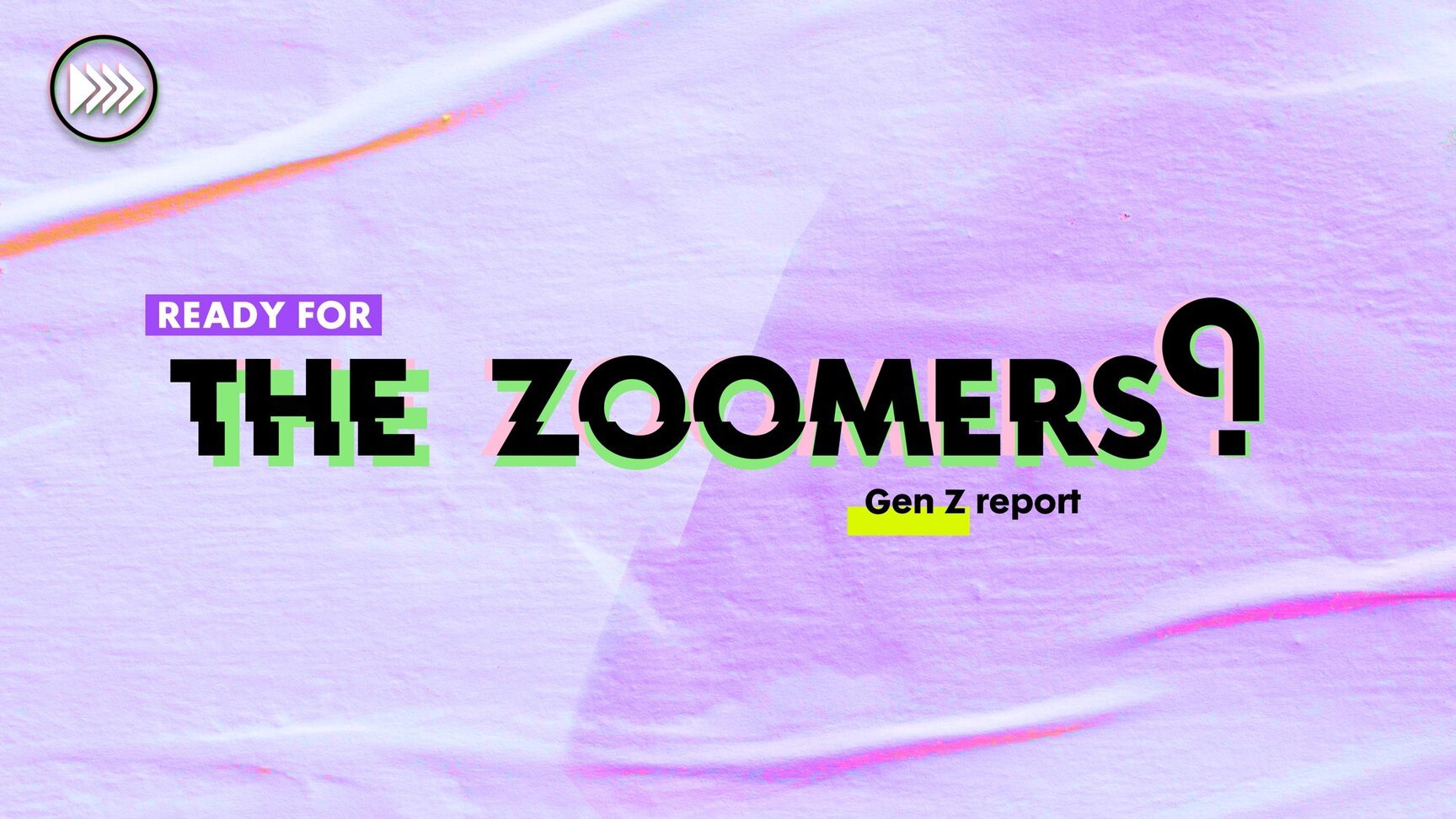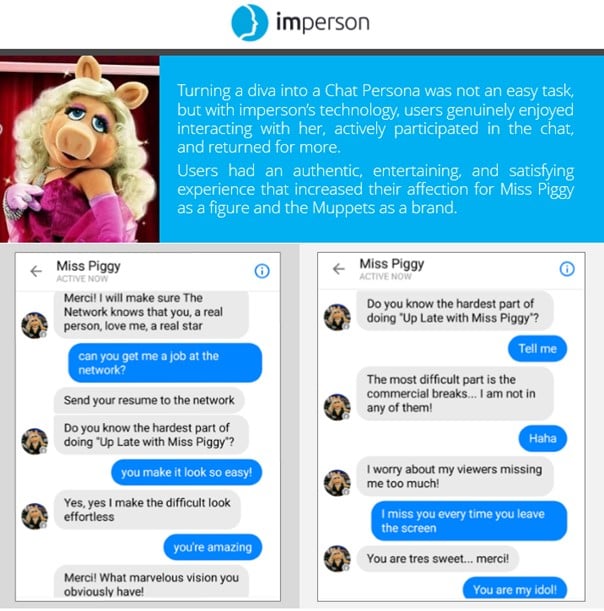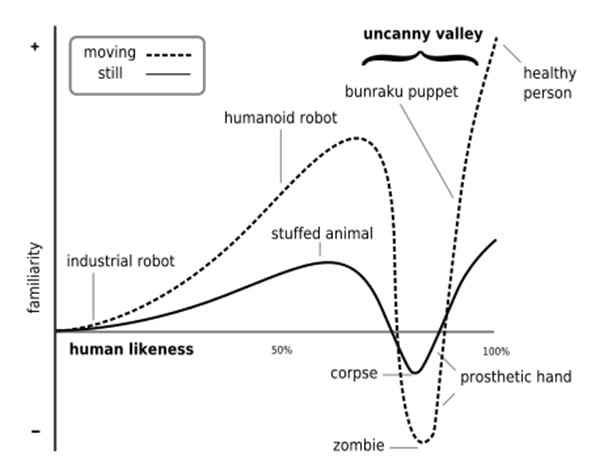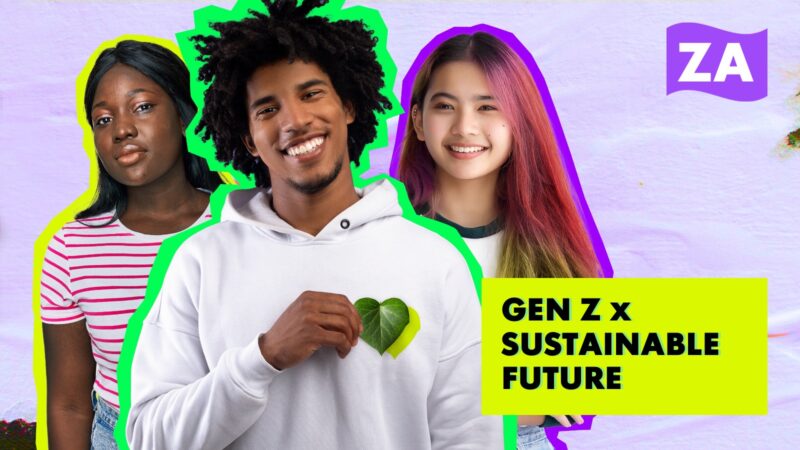Chatbots allow Millennials to be lazy – or more efficient if you ask me. Where Millennials used to look for their information via search engines, company websites or apps, they can now get their answers rapidly, easily and effortlessly by asking a chatbot. Using a company’s website or app for all your transactions – ordering a Domino’s pizza, calling an Uber or purchasing clothes at Zara, etc. – will be a thing of the past.
However, there is a difference between industries. For brands selling simple impulsive products, chatbots make sense, as according to an ORC International study 74% of Millennials is willing to use a chatbot when buying food and 56% when buying clothes. For brands selling complex customized products, chatbots aren’t always suited, as only 29% of Millennials is willing to use a chatbot when buying medical services and 34% when buying financial services like insurances.
But why should companies focus on reaching Millennials? First, they remain the least-engaged generation of consumers, which makes room for a lot of opportunities. Second, they possess an immense collective buying power estimated at approximately $200 billion. Businesses that embrace messaging and chatbots to drive conversational commerce will enjoy a significant competitive advantage.







